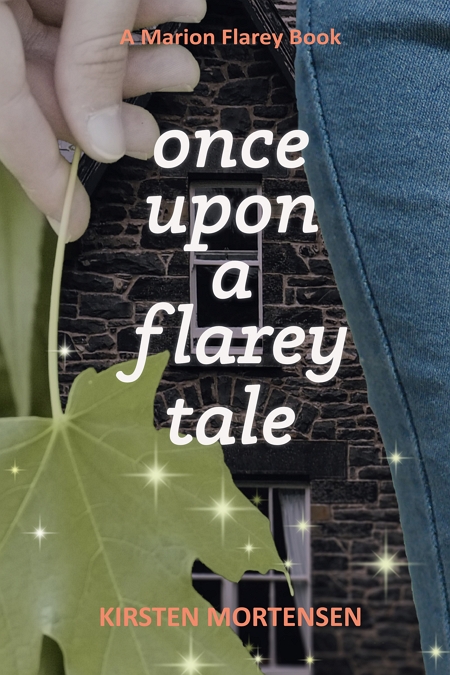I’ve have been thinking about the novel as a form. And how — despite what I once deeply believed — I no longer see the “genre” v “literary fiction” as a useful model for understanding the publishing industry.
Here’s how I see it, now.
Novels their start as medium for long, drawn-out stories, serving increasingly literate middle class audiences. Think 17th-19th century, pubbed in serial form in newspapers.
The best novelists realized the form would enable them to explore large ideas as well — for example the human condition, politics, marriage.
Next came the Modernists and as long as I’m indulging in assertions, how about this: they were hugely influences by what was going on in the visual arts (modernism, cubism) and as a result, writers started to think of novels as art. Writers approached novels as if they were a textual versions of Modernist paintings. Linear narrative was less important than evoking emotions or responses. Examples: Finnegan’s Wake, Virginia Woolf’s novels. Good times good times.
Then in the 20th century an industry grew on the shoulders of the early 20th century Modernists. The MA in Writing was born.
Novelists were no longer self-taught. The publishing industry hunted for degree’d “authors” who would uphold the Modernist ethos. Genre was sniffed at because it bypassed Modernism and continued to emphasize story, i.e. it viewed itself as entertainment and emphasized “spinning a good yarn.”
So the industry split. We had pulp and later mass market novels on the one hand and Literary Novels on the other. This is the state of affairs that B.R. Myers poked at in his 2002 Atlantic article, A Reader’s Manifesto.
But the end of the 20th Century also brought a couple other things. 1. The Entertainment Industry as we understand it today and 2. Shake-ups/disruption driven by the Internet and e-reader tech. The former influenced consumers’ tastes and entertainment preferences, and the latter disrupted the economic underpinnings of the publishing industry itself.
So publishers, their margins squeezed, shifted to a new hunt: Commercial fiction. Conceding that the vast majority of readers would prefer Dan Brown to yet another free associative Faulknerian clone.
Notice that today’s “how to be a successful novelist” industry teaches writers to create based on the architecture of commercially successful movies. I.e. the mechanics of “good” fiction is codified, more in more, in ways that are modeled on movies: structured as three acts, nadir at ¾ mark, driving the plot as beats, hero’s journey, etc.
So the question is: have we come full circle?
There are some fine novelists today spinning terrific yarns while also exploring large ideas. Off the top of my head: Ann Rice Interview with a Vampire (1976 early clue to the new direction) Colson Whitehead’s The Underground Railroad, Jess Walter’s Beautiful Ruins.
So writers: if I’m correct, what does this mean for the future of genre? Perhaps this is why genre categories feel more fluid today than even 10 years ago? And what does this imply for Indie Authors who don’t care to write genre?
Can we write and self-publish breakout commercial fiction? Or will that remain impossible because the math to market to wide audiences is so crazy? (Because with genre, you can zero in on audience. With mainstream you are as @Alter_Space put it, a droplet lost in a tidal wave.)
Or as I think of it: Indies are trying to sell a P&G product on an Etsy budget.
So. Thoughts? Lamentations? Corrections? And let me know if you are an unpublished or Indie trying to play in the mainstream or literary fiction space…

